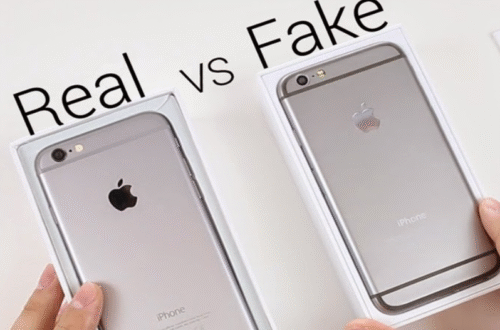
Here’s How to Resolve Failed Bank & ATM Transactions Quickly

I am sure many of us have had that sinking feeling when we are at the ATM and slot in our cards, only to be met with an “unable to dispense cash” after setting up a debit transaction.
To worsen this situation, the same amount that the machine says can’t be dispensed is taken from our account. We’re left wondering, how and why?
This is also common to POS machines. It is a frustration that can disrupt your day.
Bills go unpaid, vendors might refuse to hand over goods, and you’re left without cash.
Fortunately, most failed bank and ATM transactions can be resolved swiftly—if you know the right steps. Here’s a practical, step-by-step guide to getting your money back.
1. Gather your evidence
- Printed or digital receipts: If you were at a POS, keep the agent’s receipt.
- ATM transaction slips: Even if it shows “failed,” they are needed when lodging a complaint.
- Screenshots or SMS alerts: Take a screenshot of your bank’s failed transaction notification SMS for in-app transactions as evidence.
These pictures and papers will help your bank track the exact transaction, verify the amount, and locate your account in their systems. Tracing the transaction could be harder without them, making the refund process longer and more stressful.
2. Self-check
- Log in to your mobile banking app: Check your available balance and recent transactions.
- Look for pending or “in-process” items: These may not appear as a final debit yet, but explain why you can’t withdraw or tap again.
- Wait a few minutes: Banks process hundreds of transactions every minute. Sometimes, the system needs a second to catch up.
If the transaction remains missing from your statement and your balance, you need to proceed with a refund.
3. Visit your Bank’s ATM help desk
- Go to the bank branch where the ATM is located (or any branch of your bank).
- Explain what happened. Provide your transaction slip or screenshot and request a reference number or complaint form.
- Allow up to two weeks for a refund. Banks often reverse failed ATM debits automatically within 3–5 business days, but having a complaint on file speeds things up and prevents your money from being “lost.”
Keep a copy of every form you sign and note the name of the officer handling your case.
4. CBN consumer protection department
- Email: cpd@cbn.gov.ng
- Addressed to: Director, Consumer Protection Department, Central Business District, Abuja
- When writing your petition, include the following:
- Your full name, address, phone, and email
- Name of your bank/financial institution
- The date and time of the disputed transaction
- The exact amount involved
- Copies of receipts, ATM slips, screenshots, and proof that you first complained to your bank branch
- You can submit your letter at the CBN head office or any of the Central Bank of Nigeria’s branches nationwide.
- The CPD deals with every financial-related issue against CBN-regulated institutions—banks, microfinance banks, and mortgage institutions.
Most of the time, this step isn’t needed. Still, it’s important to have this information.
5. POS transaction failures
- Ask for that printed receipt—it shows the POS ID, terminal number, and the exact time of the attempted debit.
- Contact the merchant or POS agent: Many are affiliated with a network (e.g., Interswitch, Paga, Moniepoint) and can check if the host system ever got the debit.
- Visit or call your bank’s customer service desk. Provide the agent’s receipt and your bank details. Avoid sharing your PIN or BVN with anyone except your bank.
- Be patient. Most banks automatically reverse failed POS debits within 24–72 hours, though you should always confirm with your branch to be sure.
6. Use reconciliation tools (for businesses)
- Track your payments in a check register, noting the date, payee, and amount.
- Deposits in transit: Keep a detailed log of deposit slips and cross-check against bank postings.
- Bank fees and interest: Banks quietly deduct maintenance fees or credit interest that you may miss if you don’t reconcile monthly.
- Human errors: Sometimes, you can mistype an amount or even enter a transaction twice. Spreadsheets or accounting packages like QuickBooks, Xero, or Excel can help.
If you do these reports monthly (or weekly, if you process a lot of transactions), you should be able to note any error before it becomes a bigger financial issue.
QuickBooks: Where to Download: Google Play Store and App Store.
Xero: Where to Download: Google Play Store and App Store.
Excel: Where to Download: Google Play Store and App Store.
Additional tips
- Always confirm your account balance before major withdrawals or payments.
- Double-check transaction details (amount, recipient, account number) before hitting “Send.”
- Mobile banking apps: Opt for banks with reliable, well-rated apps that send real-time alerts.
- Good internet: A stable data connection reduces the chance your POS or mobile app will stop mid-transaction.
- Always have a little cash on you for emergencies so you won’t be stranded if every ATM nearby is down.




